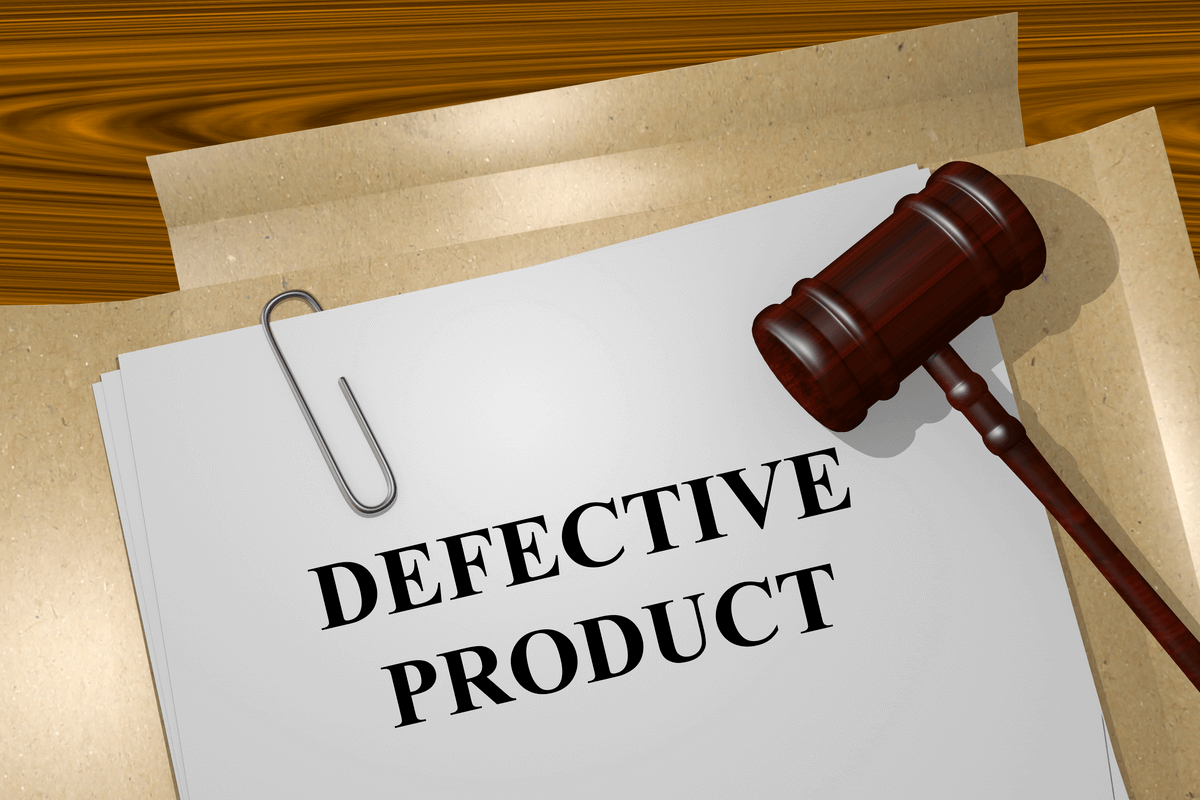So, have you ever found yourself clutching a product that promised to transform your life, only to discover it was as useful as a chocolate teapot? Picture this: you purchase the latest gadget that’s supposed to make your life easier, but instead, it malfunctions and almost burns your house down. This scenario leads us to ponder a crucial question: can you sue a company for a defective product? The gravity of this question often accompanies an intricate legal labyrinth, so let’s navigate through it together.
To understand whether you can sue, we first need to delineate what a defective product actually is. A product may be deemed defective if it is faulty in design, manufacturing, or fails to include adequate warnings or instructions. Imagine being sold a model rocket that indeed launches—but without proper guidance, the trajectory you embark on might just land you in a neighbor’s backyard. Such defects present potential liabilities for manufacturers, retailers, and distributors alike.
Now, let’s delve into the types of defects:
- Design Defects: These occur when the product is inherently hazardous due to its faulty design, even if manufactured perfectly. Think of a chair designed with the legs too short—it might look innovative, but it certainly poses a risk.
- Manufacturing Defects: These happen when an error occurs during the production process, rendering an otherwise safe design unsafe. For instance, imagine if a batch of toy blocks was manufactured from toxic materials, posing a risk to children.
- Marketing Defects: Products must come with appropriate warnings or instructions. Failing to provide these can render the manufacturer liable. If a medication lacks warnings about side effects, consumers may suffer adverse effects that lead to legal action.
So now that we have practical examples of defects, you might wonder: how does liability work? The liability element boils down to three essential components: duty, breach of duty, and causation.
Firstly, manufacturers have a responsibility (a duty) to ensure their products are safe for use. If they breach this duty—through negligence or intentional disregard for safety—they may become liable. However, proving causation can pose challenges. You need to clearly establish that the defect directly caused your injury or damages. It’s not enough to claim dissatisfaction; you must correlate the defect with tangible harm.
Consider this scenario: You release a product that, unbeknownst to you, becomes a hazard. How can you navigate the storm of consumer reactions and claims? One feasible approach is by gathering evidence—photos, receipts, and eyewitness accounts. What about documenting the malfunction? All of these elements play a crucial role in bolstering your claim.
If you decide to pursue legal action, the first step often involves consultation with a personal injury attorney who specializes in product liability. Many offer free consultations, allowing you to gauge the viability of your case without financial commitment. This initial meeting serves as an arena for you to present your evidence and articulate your grievances.
But wait, before you get swept away by the allure of litigation, consider the cost. Lawsuits can be expensive and time-consuming. The question arises: is it worth it? Depending on the nature of your damages, the answer might vary. If medical expenses or loss of income are at stake, pursuing compensation seems logical. However, if it’s merely a matter of frustration over a defective kitchen gadget, perhaps a strong letter to the company would suffice.
It’s also worth exploring the nuances of warranty claims. Many products come with explicit warranties that outline the company’s obligations to remedy defects. If applicable, leverage these warranties before resorting to a lawsuit. In some scenarios, manufacturers might prefer repairing or replacing rather than facing the courtroom’s judgment.
As you weigh your options, be aware of the statute of limitations—legal jargon that dictates the time frame within which you must file your claim. In many jurisdictions, you only have a limited window, often ranging from one to four years. Failing to file within this period can jeopardize your right to seek recourse. The clock starts ticking once you are aware of the defect and its consequences.
Now, let’s take a moment to pause and consider the alternatives. What if litigation isn’t the route you want to take? Mediation or arbitration can provide amicable solutions without the substantial costs and time associated with a court battle. They allow for negotiation and may lead to settlements that satisfy both parties involved.
Ultimately, the question of whether to sue a company for a defective product is fraught with complexity. Factors include the evidence at hand, the potential damages endured, the resources available for navigating litigation, and even the reliability of alternative dispute resolutions.
In conclusion, while the thought of navigating the legal waters of defective products can be daunting, knowing the avenues available transforms a potentially frustrating experience into an opportunity for justice. A playful question remains; are you ready to challenge the giants of the manufacturing world for what’s rightfully yours? If you find yourself on the side of the injured party, be assured—knowledge is your most potent weapon in this often relentless quest for accountability.
